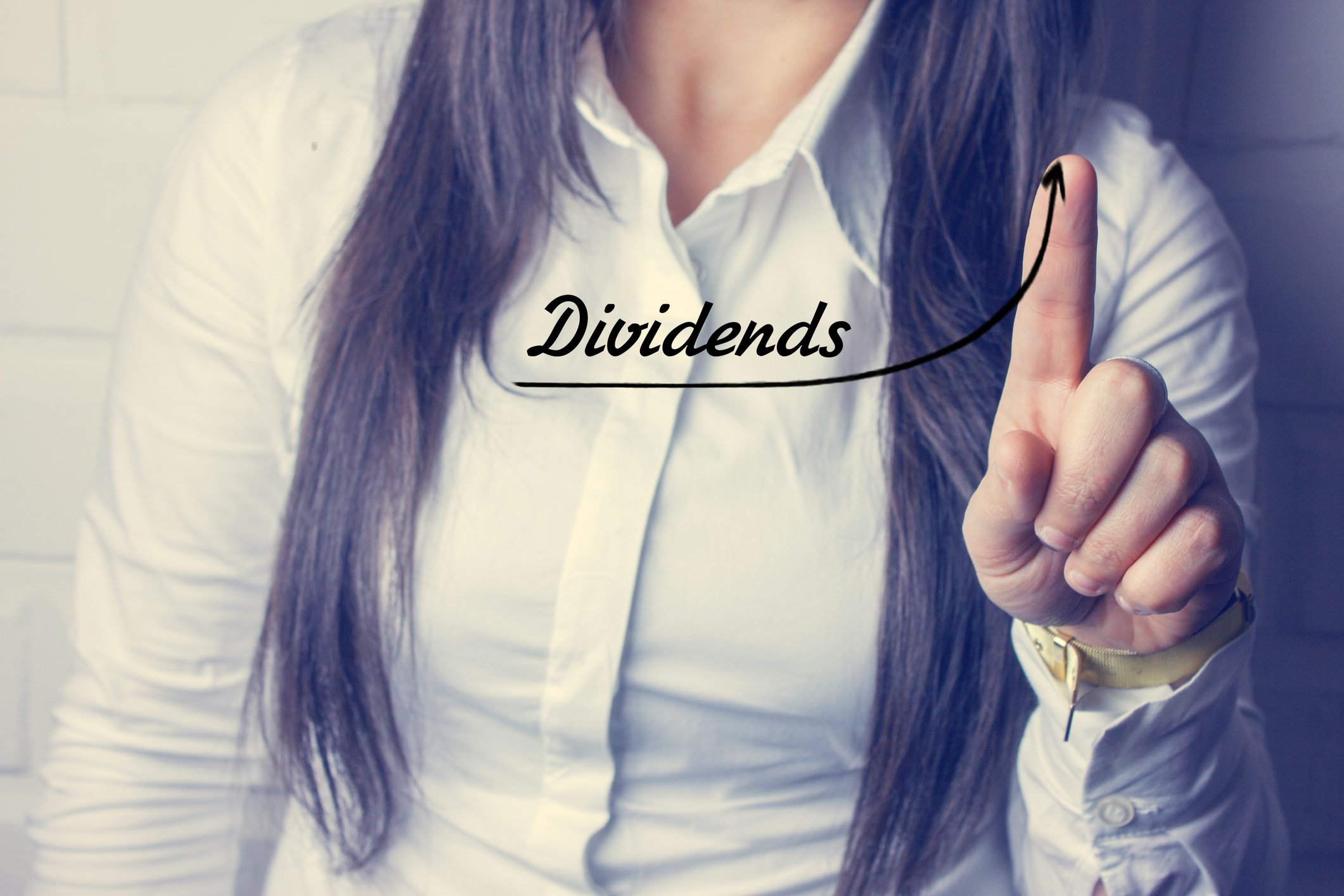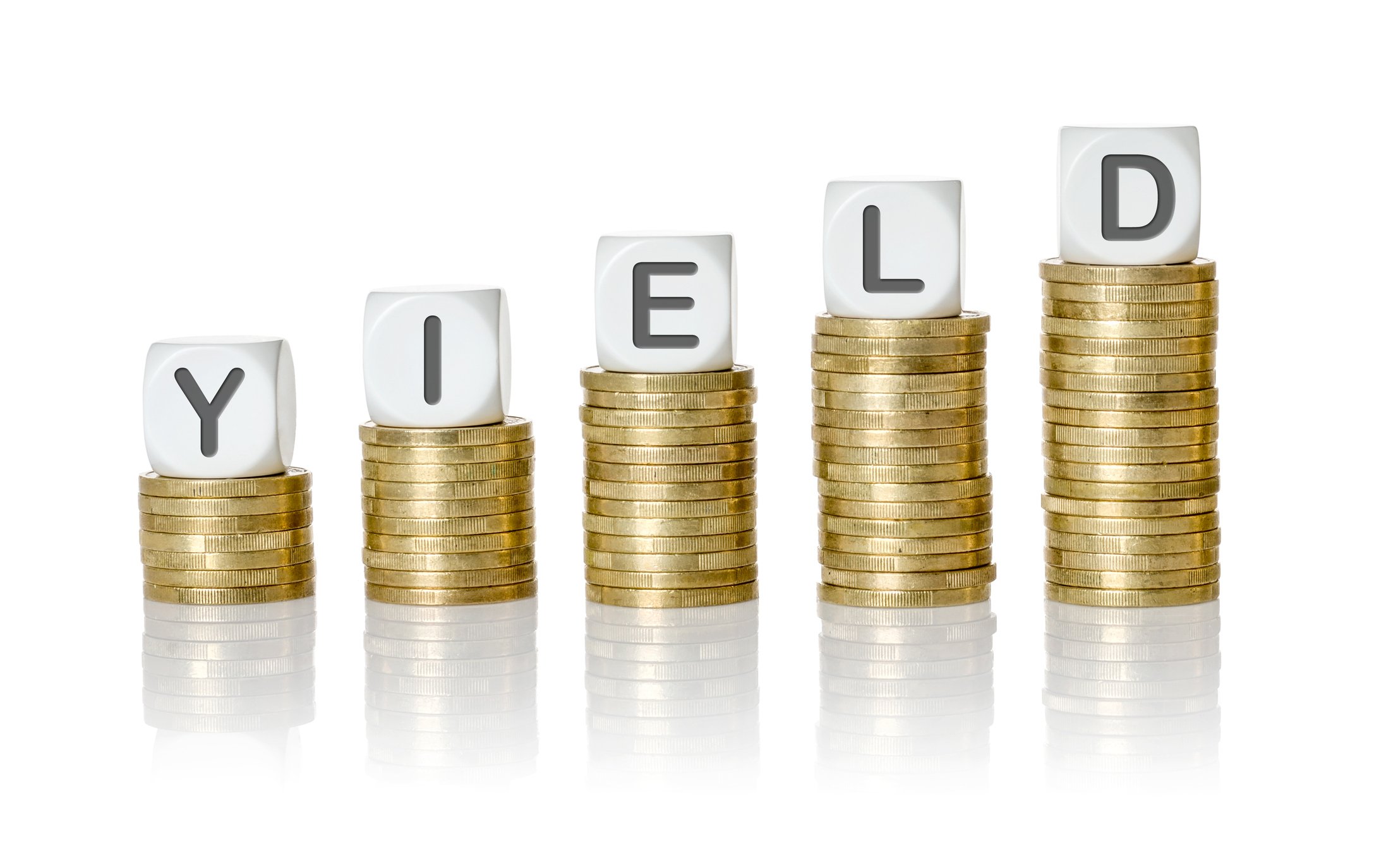In today's market, you might think it's hard to find value stocks -- and it is. But if you dig deep, you can find some great opportunities in beaten-down names. There are usually reasons behind a stock's low valuation, of course, but if those concerns are temporary, you can find some very good investment opportunities. These three Motley Fool investors think Cirrus Logic, Inc. (CRUS +1.59%), Procter & Gamble Company (PG 0.51%), and ExxonMobil Corporation (XOM +0.63%) all fit the bill and here's why.
Don't lose hope
Rich Smith (Cirrus Logic): Six months ago, I picked Cirrus Logic as my value stock that looked just "perfect for retirement." Six months later, Cirrus Logic stock is down 27%. Bummer.
So why am I picking Cirrus again today? Because despite the obvious disappointment with its performance so far, I actually think this stock still has legs.
Cirrus stock owes much of its disappointing performance to a fourth-quarter earnings report earlier this month, in which Cirrus reported a small (7.5%) drop in revenue but a much bigger (66%) decline in earnings. Cirrus blamed weakening demand for smartphones -- into which its semiconductors are slotted -- for the stumble. Worse, Cirrus says it thinks demand will remain "a little bit weaker on the handset side" for at least a little while longer, which is depressing investor enthusiasm for the stock.

Value investing often requires looking past the short term so you can take a long-term view. Image source: Getty Images.
If you're looking for a bargain stock to put in your retirement portfolio, though, well, raise your hand if you think smartphones are going out of fashion. I personally get peppered with requests for new iPhones from the kids about 27 times a week, and given that Cirrus gets most of its revenue from iPhone sales, I can't help but think that phone sales -- and Cirrus stock -- are going to bounce back sooner or later.
Meanwhile, Cirrus is selling for less than 15 times earnings. It's also got no debt to speak of, and analysts are still forecasting 15% long-term earnings growth. If you ask me, this stock is priced to move.
Boring is beautiful
Sean Williams (Procter & Gamble): I've said it before, and I'll say it again: Sometimes boring is beautiful when it comes to investing. Consumer goods giant Procter & Gamble has no flash whatsoever, but when it comes to cash flow and shareholder returns, P&G is about as consistent as they come.
In recent months, P&G's stock has been hit pretty hard on growing concerns that the retail ecosystem where it sells its products is rapidly changing, primarily because of online retailers. This change has resulted in tougher price competition, which can have a negative impact on organic and net sales growth. While I wouldn't suggest turning a blind eye to these concerns, I'd remind investors what else Procter & Gamble can offer.
For starters, it sells plenty of basic need goods. From Tide detergent to Crest toothpaste, P&G's products are going to be purchased by the public with minimal demand fluctuations in a growing or contracting economy. This lends to that aforementioned consistent cash flow, which has been pivotal in allowing the company to raise its dividend for 62 straight years, as well as run aggressive share buybacks. In its recently completed quarter, it returned $3.2 billion to shareholders via buybacks and its dividend, which is currently yielding almost 4%.
Next, don't discount the lengths P&G will go to build its brand and create an emotional attachment with consumers. There isn't another company that spends more on advertising each year than Procter & Gamble. Those impressions may cost a lot, but they keep P&G's products front and center in the minds of consumers.
Investors should understand that Procter & Gamble has levers it can pull as well. After spending north of $7 billion on ads in 2016, P&G has been looking for ways to cut back a bit on digital ad and media spending moving forward. By focusing on ad- and operations-based cost efficiencies, the company should be able to (or more than) offset any weakness it may be dealing with as a result of price competition.
And lastly, the company has the cash flow and capital to go shopping. Last month, it announced the acquisition of Merck KGaA's consumer healthcare business, giving P&G access to faster-growing over-the-counter medicines and allowing it to take advantage of an aging global population.
Currently sporting a forward P/E of just 16 -- that'd be a decade low if it holds up -- P&G checks off all the boxes that value-seeking retirees should be looking for.
Down but working on getting out
Reuben Gregg Brewer (ExxonMobil Corporation): Exxon's stock price has flatlined over the past year while improving oil prices have pushed the stocks of its largest integrated energy peers up between 15% and 30%. Exxon's dividend yield is the highest it's been since the late 1990s, and its price to tangible book value is lower than it's been in roughly 30 years. Exxon is cheap today. There are a couple of good reasons for this, including falling production and return on capital employed metrics that have gone from leading the industry to just sitting in the middle of the pack.
However, Exxon has plans to fix these issues, such as increasing its capital spending. That number will jump from $24 billion in 2017 to $28 billion this year and reach as much as $30 billion by 2023. It has major projects planned in the onshore U.S. space and offshore in Guyana and Brazil, and is investing in natural gas in Mozambique. In time, these investments should help turn the company's falling production numbers around.
XOM dividend yield (TTM) data by YCharts.
As for improving its investment returns, Exxon is planning to take a more active role as it increases spending. The energy giant is an expert at delivering on big projects and believes that being the controlling party in more of its projects will allow it to improve returns. The goal is to pull return on capital employed from the mid-single digits up into the mid-teens. I think it can do it.
Investors are working with a short-term focus as oil prices rise, which has left Exxon on sale. With a 4% dividend yield, 36 consecutive annual dividend increases made through thick and thin in a cyclical industry, and a plan to get its giant business back on track, Exxon looks like a great value and income play. That sounds perfect for a retirement portfolio.
A range of value options
There you have three very different value opportunities spanning from Cirrus in the technology space to iconic P&G in the consumer products category to giant Exxon in energy. All three have stocks that are out of favor today but for reasons that appear like they will eventually pass. And when the issues do get resolved, value investors will be rewarded for their willingness to think long term.









